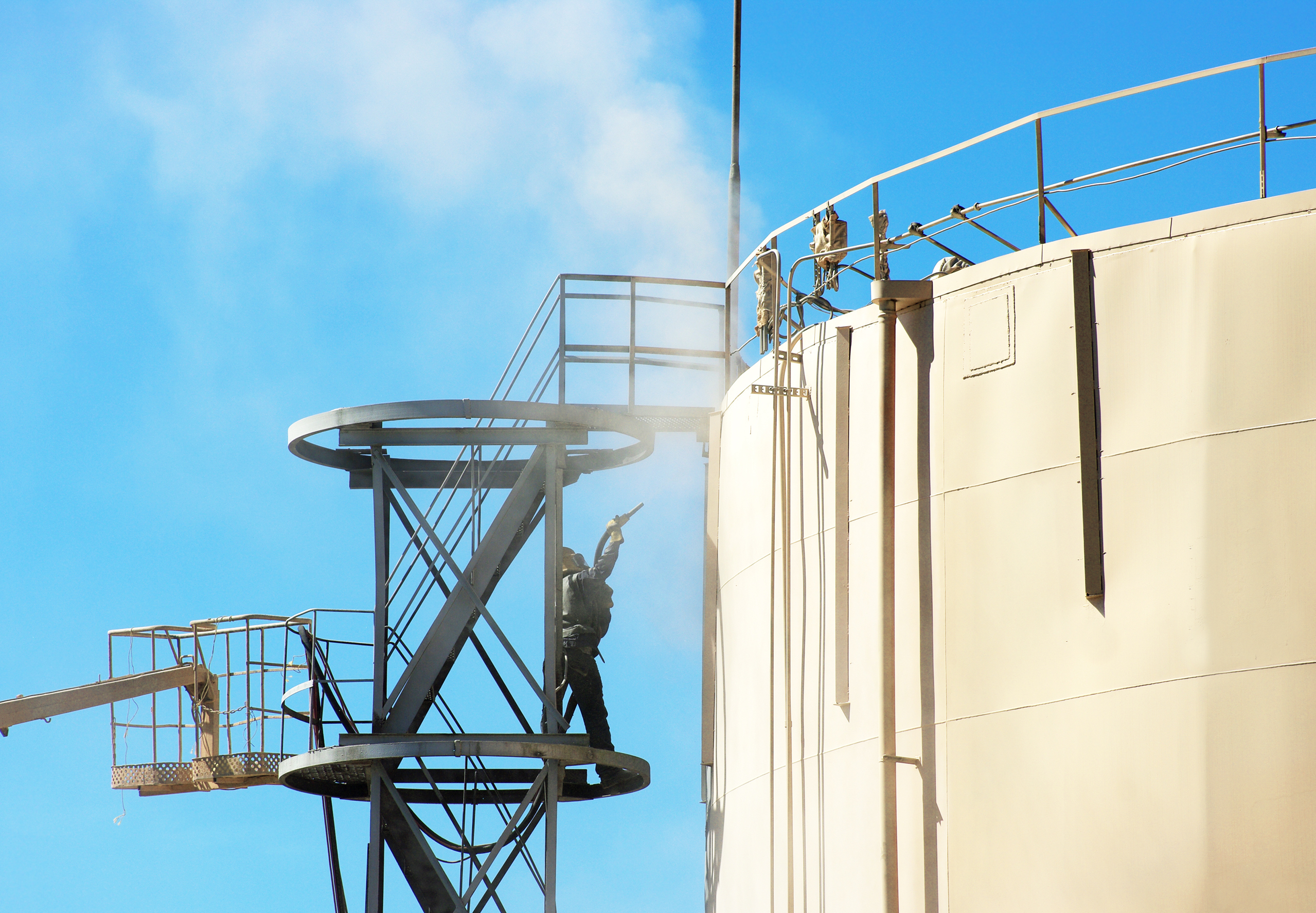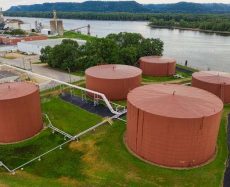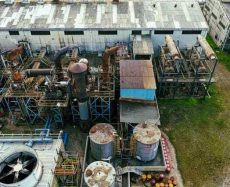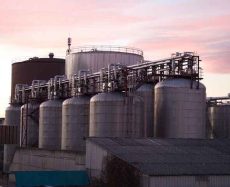
- admin
- April 25, 2019
Storage Tank Cleaning Procedure
Industrial plants store water and chemical liquids in huge storage tanks. Generally, they store the products in underground or above ground storage tanks.
Aboveground storage tanks (ASTs) can be up to 300 feet in diameter and usually contain between 500,000 to 12 million gallons.
The Underground storage tanks (USTs) are preferred by gas stations and these tanks can hold 6,000 to 10,000 gallons of products.
Currently tank owners of the USA follow American Petroleum Institute (API) 653 regulation as industry standard for AST evaluation, inspection, testing and repair.
API 653 states regular inspection of storage tanks is necessary to determine corrosion rates.
When Should You Clean Your Storage Tank?
You can opt for tank cleaning time to time based on the products you store in them. But quite a few times it becomes important that you should clean your storage tank.
Internal Inspections:
Before internal inspections, it becomes necessary that your tank must be cleaned, taken out of service and prepared for the tank inspector to enter.
Changing Products:
If you’re planning to store different product in your storage tank, a comprehensive tank cleaning becomes necessary. For example, if you’re switching from crude oil to gasoline, in other words from an unrefined product to refined product, then you need to remove all impurities and residual products.
Tank Issues-:
A mechanical failure in your storage tank means complete emptying of the tank and repairing it while it’s out of service. It is safer to empty the tank, clean it and make it vapor-free before proceeding to repair the tank or entering.
How to Clean a Storage Tank?
Tank contractors must drain out the liquid from the tank until the tank doesn’t lose suction from its low suction nozzles. Now after performing this task, a professional tank cleaning company will follow these basic steps:
• Lockout electrical connections from mixers, pumps and other mechanical equipment
• Disconnect the tank from the system by removing valves and draining down lines as well as installing right sizes of pipe line flanges and blind flanges on tank nozzles
• Use vacuum truck or other pumping systems to remove the remaining liquid from the tank
• Vent the tank mechanically and perform gas freeing processes to remove the dangerous vapors. The LEL (lower explosive limit) must be less than 10.
• Clean the interior of the tank, the confined space of the tank needs access following API standards.
• Use vacuum truck to remove final puddles of the liquid by squeegeeing the floor of the tank
• Power wash the walls, floors as well as the underneath of the floating roof
• Keep the roof pontoons of the floating roof under check to clean the residual vapors if necessary
• Keep an eye on the seals of the floating roof tank to look for product and vapor
• Inspect for hidden vapors to confirm your tank is vapor-free and clean.
Issues that can Arise while Tank Cleaning
• Faulty draining system of the products
• Unknown conditions of the tank can delay the completion of the work
• Petroleum storage tanks are risky due to its toxicity and flammability feature
• Improper ventilation system
• Faulty personal protection equipment (PPE)
• Extreme weather conditions
• Activities of the surrounding areas affect the condition of the confined space
GSC Tanks is a manufacturer of premium quality storage tanks. The company takes great care while designing and building its tanks.
Call at 470-589-7790 or visit to https://www.gsctanks.com/ to buy their engineered storage tanks.
- Industrial Storage Tanks
- Storage tanks
- storage tanks cleaning procedure
Category
- Above Ground Fuel Tanks
- Above Ground Gas Storage Tank
- Above Ground Storage Tanks
- Above Ground Water Storage Tanks
- Agricultural Tanks
- Chemical storage Tanks
- Diesel Fuel Storage Tanks
- Diesel Storage Tanks
- Exernal FloatingRoof Tanks
- Farm Water Tank
- Fiberglass Oil Tanks
- Fiberglass Septic Tanks
- Fiberglass Underground Fuel Storage Tanks
- Field Erected Tanks
- Floating Roof Tank
- Fuel tank
- Industrial Chemical Storage Tanks
- Industrial Gas Tanks
- Industrial Plastic Tanks
- Industrial Storage Tanks
- Industrial Tank heating pads
- industrial tanks
- Natural gas
- Natural gas vs Propane
- oil storage tank
- Oil Storage Tanks
- Peracitic Acid
- Petroleum Tanks
- Residential gasoline storage tanks
- Residential Water Storage Tanks
- Sodium Hydroxide Storage Requirements
- Sodium Hypochlorite Storage Tanks
- Steel Storage Tanks
- storage tank failure prevention
- Storage Tanks
- Sulfuric Acid Tanks
- Uncategorized
- UnderGround Storage Tanks
- Water Storage Tanks

 Tank Size Calculator
Tank Size Calculator






